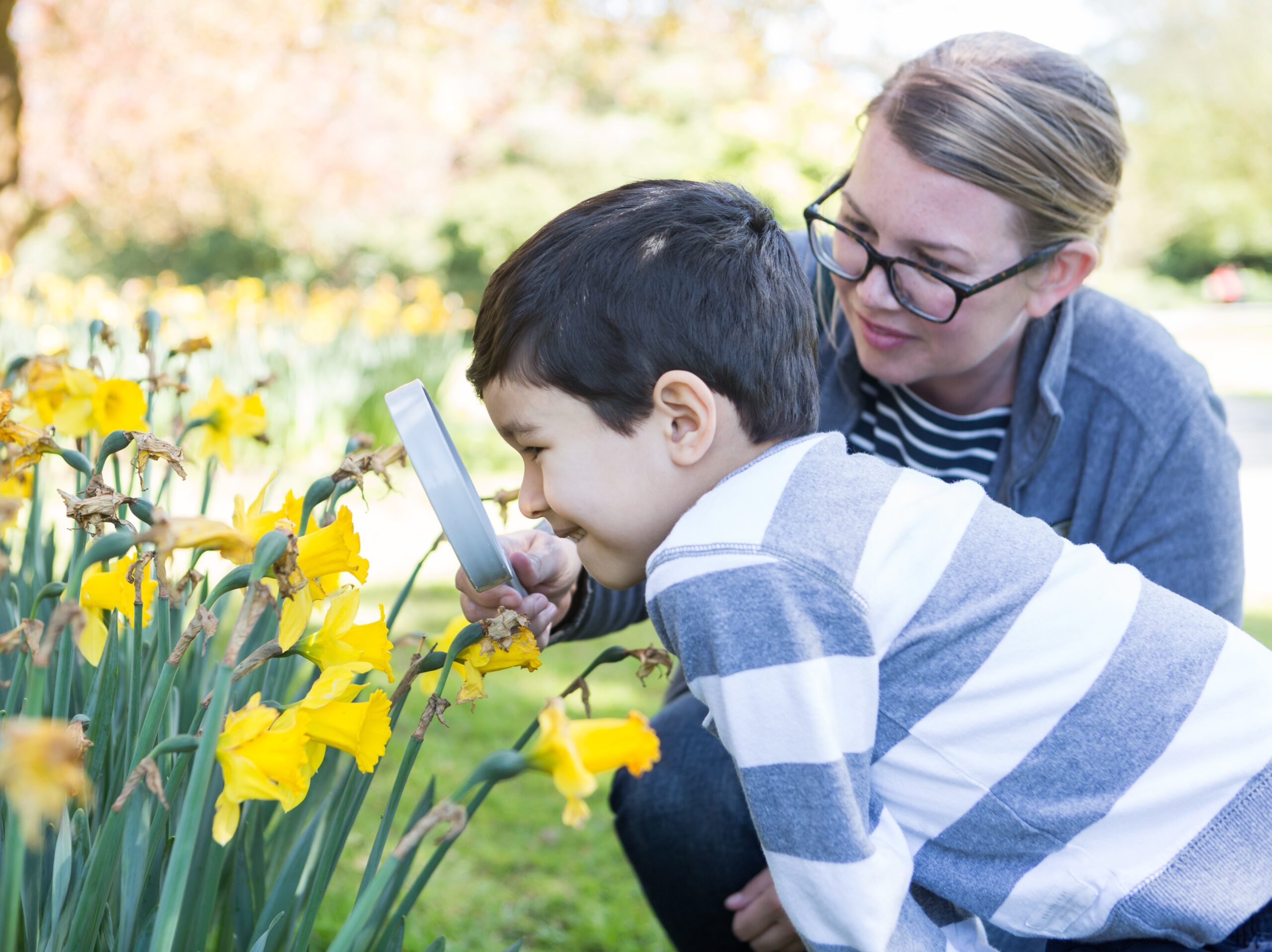
The NEW Low-Maintenance Garden
Contributor
“I just don’t have the time”—perhaps the most common excuse for cutting back on reading, writing, painting, cooking, exercising, museum-going, and, yes, gardening. At least, cutting back on the kind of species-rich, highly structured gardens that have been the vogue for the last couple of decades. Val Easton sympathizes. Subtitled How to Have a Beautiful, Productive Garden and the Time to Enjoy It, this book originated, in part, from Easton’s own experience of down-sizing from a large, time-consuming Seattle garden to a tiny but stylish and productive garden on Whidbey Island—a garden that she can leave for a week or longer without panicking over its certain demise.
In her role as garden writer, Easton found that younger generations were disinclined to devote entire weekends to keeping up their gardens; for them, the garden served as an outdoor entertaining space, as well as a place to grow fresh food for the table. Combining this approach with her own desire to have more time for other pursuits, she arrived at a manifesto for the simplified garden: beauty and utility with less effort. Mind you, not no effort but less effort, for a garden cannot exist without some degree of human intervention.
Easton explores the various aspects of the design and planting of a garden, in a progression of chapters that focus on: designing for maintenance reduction; working with natural rhythms of rainfall, temperature, and seasons; selecting sustainable materials and construction techniques; growing food in small spaces; optimizing containers; and—all important—making smart plant choices. In each chapter, she presents a strong argument for considering every decision in favor of reducing the time necessary to tend the garden, and illustrates her arguments with the stories of real life gardens—designed, built, and maintained by real people with really full lives who genuinely enjoy their gardens, but don’t give up all their free time to maintaining them. Mostly on the West Coast and beautifully photographed by Jacqueline Koch, the gardens are appealing in their beauty and simple solutions to the art and science of garden making for the twenty-first century.
Easton acknowledges at the outset that all the ideas being explored by innovative garden makers today cannot be fully expressed in this one small book. Keep It Simple, near the end of each chapter, offers a bulleted summary of key points to consider in creating a desirable and functional low-maintenance garden. That might be a list of design tricks that will reduce maintenance, or a list of the most attractive edible plants to add both beauty and utility to the garden. To further the exploration into the new low-maintenance garden, she ends with a list of resources for each chapter, including books and online sources.
The regional nature of garden design has always been a basic tenet of Pacific Horticulture. Easton recognizes the importance of this point, and makes clear where each garden is located as she tells its story. She also offers a full list of credits, including the location of the garden and the design team that created it.
Over the years, countless books have espoused a low-maintenance approach to gardening. None have been as engaging, practical, or inspiring as this latest of Easton’s contributions to the gardener’s bookshelf.
Richard G Turner Jr, editor
Share:
Social Media
Garden Futurist Podcast
Most Popular
Videos
Topics
Related Posts

Ground Up Science for Greener Cities with Garden Futurist Dr. Alessandro Ossola
Spring 2023 Listen to the Podcast here. Alessandro Ossola is a scientist who gets very excited about the challenge of climate change allowing for an

Readying Urban Forests for Climate Realities with Garden Futurist Dr. Greg McPherson
Winter 2023 Listen to the Podcast here. “Going from the mow and blow to a more horticulturally knowledgeable approach to maintaining the landscape. And that

January Showers Bring February flowers…
Fall 2022 It may not quite have the same ring to it as the old English proverb, but it has a lot more truth to

Low Maintenance Gardens – Better for Pollinators and People
Autumn 2022 “I come out every day. It’s therapy, my meditation.” Janet’s young garden transformed from overgrown, invasive plants to mostly natives. The dailiness of










Responses